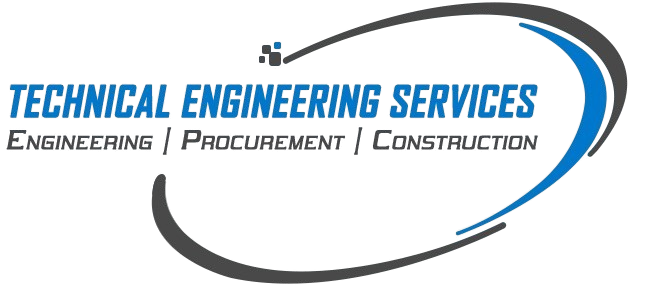Our power testing and commissioning services ensure the reliability and efficiency of your electrical systems through a range of specialized tests:
At Technical Engineering Services, we specialize in the installation and testing of Medium Voltage (MV) Panels, which are integral to the safe and efficient operation of electrical distribution systems. Our MV panels are designed to handle voltages typically ranging from 1kV to 36kV, providing essential control and protection for electrical circuits. Below is an in-depth overview of the installation and testing services we offer for MV panels.
MV Panel Installation
Visual and Mechanical Inspection
Insulation Resistance Testing
Earth Continuity Testing
VCB Contact Resistance Testing
Circuit Breaker Testing
Protective Relay Testing
High Voltage (HV) Withstand Testing (Hi-Pot Testing)
Functionality and Load Testing
Busbar Temperature Rise Testing
SCADA System Integration and Testing
Vibration and Mechanical Stress Testing
No-Load and Short-Circuit Testing
Final Acceptance Testing
